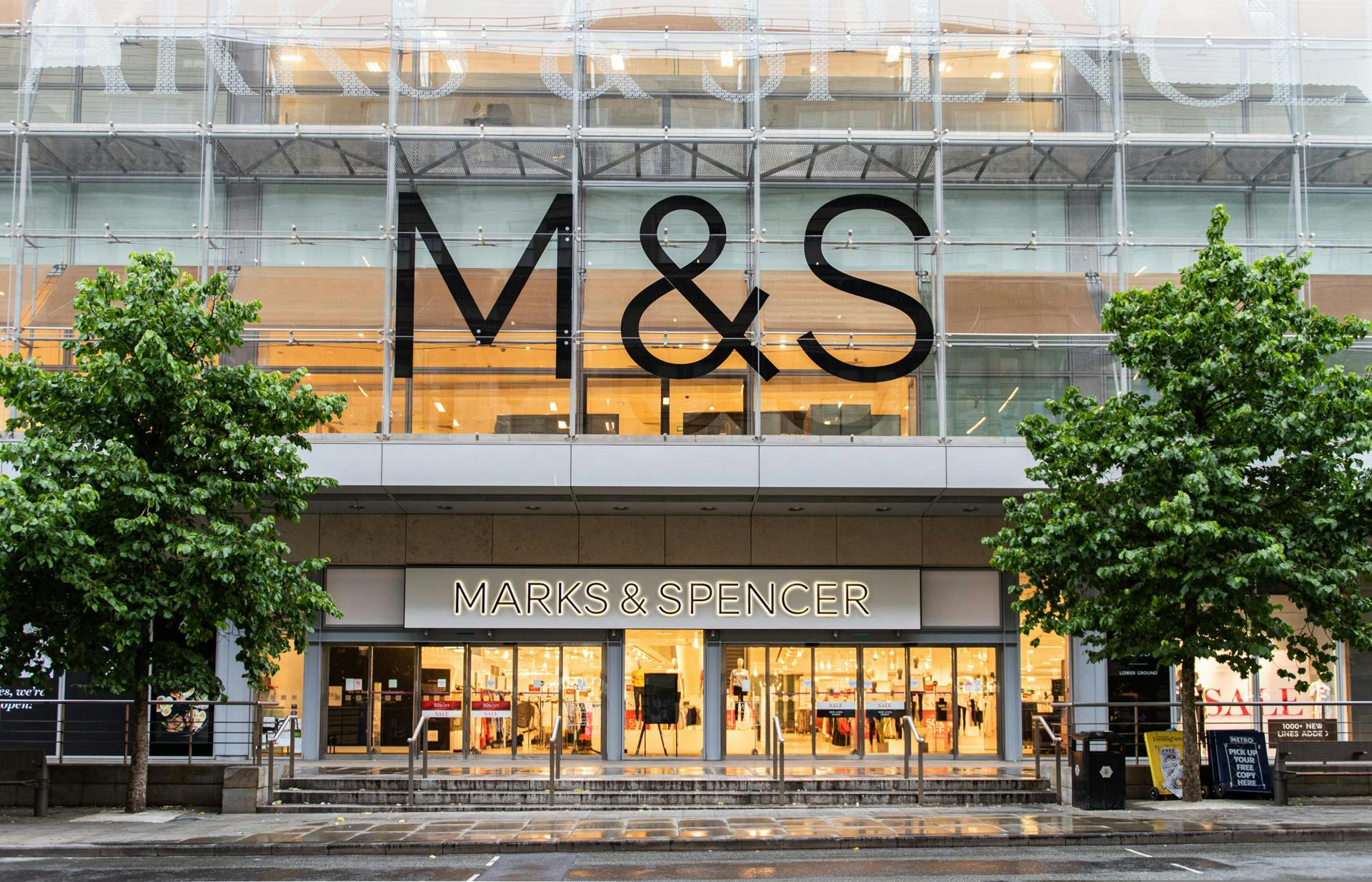
For more than 140 years, Marks & Spencer has been a cornerstone of British retail. But heritage alone does not protect a brand from decline. Just ask BHS or Debenhams.
British Home Stores (BHS) collapsed in 2016 after failing to modernise its stores or build a strong online presence. Debenhams, once the anchor of the British high street, closed in 2021 after years of underinvestment in e-commerce, branding and customer experience.
While its competitors disappeared, M&S quietly transformed itself from a legacy retailer into a modern, data-driven brand. It still trades on trust, but now competes on relevance.
By 2018, M&S faced falling clothing sales, an ageing customer demographic and fierce competition from fast-fashion brands such as Primark, Zara and ASOS. Its dependable reputation had become a weakness, making it appear dated and disconnected from new consumers.
Instead of defending the past, M&S decided to look forward. It invested heavily in technology, marketing and leadership to rebuild the business from the inside out.
1. Listening and Acting on Data
M&S realised that customer loyalty does not guarantee relevance. Research showed that shoppers still trusted the brand’s quality but wanted more style, convenience and digital access.
Rather than blame the market, M&S acted. It modernised store layouts, diversified its ranges and launched an upgraded online experience through its partnership with Ocado, creating a seamless journey that merged food, fashion and fulfilment.
Lesson for clinic owners:
Do not rely on past loyalty. Use feedback forms, CRM data and direct conversations to understand what clients value today, not what they valued yesterday.
2. Digital Transformation as a Growth Engine
Between 2020 and 2024, M&S invested more than £650 million in digital infrastructure including automation, AI-driven logistics and an integrated e-commerce system.
The retailer also reimagined its marketing spend. Its social content investment on TikTok and YouTube became comparable to its traditional TV advertising budget. In 2024, its social media spend increased by 79 percent year on year, helping the brand connect with younger audiences. M&S also worked with more than 1,300 influencers, generating over £5 million in earned media value.
Lesson for clinic owners:
Digital is not a marketing tool. It is your foundation for growth. A seamless digital journey that covers booking, reminders and aftercare builds loyalty and scalability.
3. Repositioning the Brand
M&S moved from being “safe and sensible” to being “trusted and aspirational.” It embraced collaborations with brands such as Nobody’s Child and Ghost, refreshed its photography and launched social-first campaigns that made it relevant again without losing its heritage of quality.
Lesson for clinic owners:
Refresh how people perceive your brand without changing your values. New imagery, messaging or service presentation can modernise your reputation and attract the next generation of loyal patients.
4. Leadership and Culture Reform
Behind the transformation was a leadership team willing to make difficult decisions. They closed underperforming stores, simplified product lines and focused on agility and accountability.
Internally, M&S created a culture that prioritised digital literacy, collaboration and speed of execution. It shifted from a slow, traditional hierarchy to cross-functional teams that could move quickly.
Lesson for clinic owners:
Growth requires courage and clarity. Evaluate which services, systems and people truly support your goals and be ready to restructure if needed.
5. Balancing Heritage with Innovation
M&S protected its reputation for quality and trust but delivered these values in a new way. It applied technology, data and AI to improve operations and customer experience while continuing to champion craftsmanship and service.
Lesson for clinic owners:
Keep your foundation but evolve your form. The best businesses grow by combining consistency with innovation.
Where BHS and Debenhams failed to modernise, M&S redefined what it means to be a heritage brand in a digital age. It invested early, communicated better and led with confidence.
1. Relevance must be maintained
Even established clinics risk irrelevance if they do not adapt to changing patient behaviour.
2. Digital confidence drives growth
Automation, online booking and CRM systems are no longer optional.
3. Leadership requires bold decisions
Growth often means letting go of what no longer serves the business.
4. Brand evolution keeps you visible
Stay trusted but never static.
True longevity is not about staying the same. It is about knowing when to change.
Marks & Spencer’s story is not one of survival but of strategic reinvention. The company listened, modernised, rebranded and restructured. These same steps can help ambitious clinic owners stay relevant in a fast-moving market.
Heritage is not your safety net. It is your springboard.